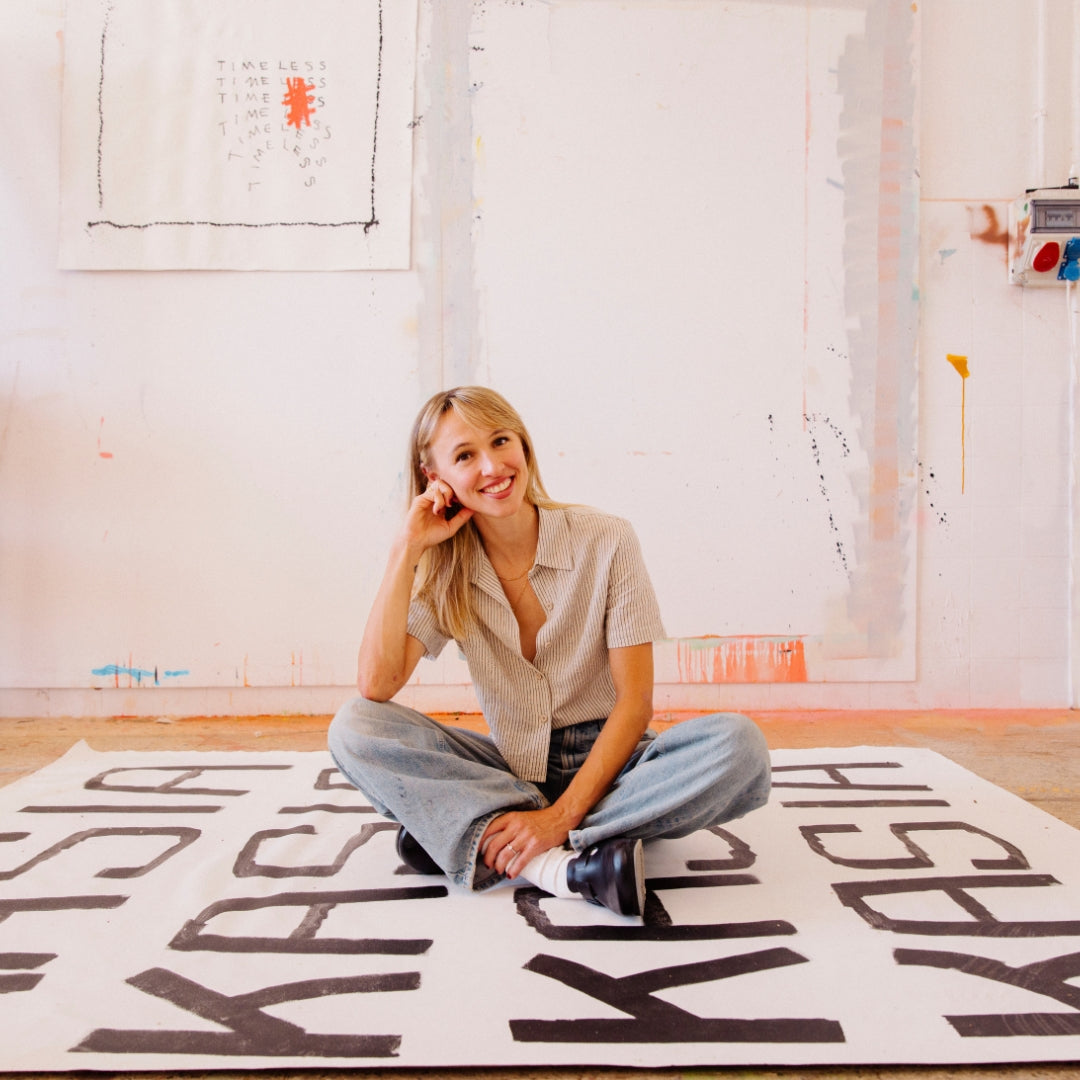Cadex is relatively late to the 3D-printed saddle party but it has made quite an entrance with the Amp 3D, launched in April 2025, which brings new technology that makes a tangible difference in a product category that’s already highly evolved.
As a quick explainer for those still unfamiliar with 3D-printed saddles, different areas of the cushioning can be engineered with different levels of firmness: the sit bones obviously require more support than the soft tissue further forward and the lattice structure allows precise control over this, with the various differentiated zones blending seamlessly into each other.

3D-printed saddles can also be made lighter than the traditional foam-padded type since the majority of the cushioning is made up of voids – the Amp 3D weighs just 147g. And they are potentially more durable than conventional saddles: the elastomer materials used in the 3D printing process are more resistant to rain and sweat and they’re more scuff proof. A bike with a 3D-printed saddle can be leaned against a wall with impunity. You’ll still need to watch out for the levers and pedals, but that’s a third less scuff anxiety. They do cost more, but for many riders they’re worth the extra outlay for all their advantages – and having ridden a few, I would agree. But the Cadex is something special.
Construction
Cadex claims the Amp 3D represents “the next evolution in saddle technology”. In the press release, the brand’s global head of product Jeff Schneider says: “By integrating a high-resilience, 3D-printed gyroid structure with a precision-engineered carbon shell, we’ve created a saddle that dynamically adapts to the rider, minimises weight, and maximises power transfer without compromising comfort.”

What is gyroid infill and how is it different from the more common hexagon lattice? A gyroid is defined as a “triply periodic minimal surface (TPMS) with a unique geometry that’s characterised by a lack of straight lines”. It’s not exclusive to the Cadex Amp 3D – gyroid is an option for 3D-printing other parts in other industries but it's said to supply superior shock absorption thanks to a continuous wavy structure that is truly 3D and weaves through X, Y and Z axes. By contrast, honeycomb infill is a 2D pattern repeated in flat, hexagonal mesh layers and the hexagons themselves are obviously made up of straight lines rather than wavy ones.
The Amp 3D has an “Advanced Forged Composite base that minimises flex and enhances pedalling efficiency,” according to Cadex. The rails are integrated with the base in a single carbon structure that Cadex says is designed to eliminate traditional contact points, which helps relieve pressure and improves compliance. It also helps keep weight low thanks to the elimination of overlapping material at the traditional joint locations.

The shape – it’s a stubby, short-nosed design with a length of 245mm and just the single width option of 145mm. There’s a central cut-out to reduce pressure on soft tissue and improve circulation. The profile is “crowned” in Cadex’s description, dropping away at the wings with the aim of increasing pedalling space and a wider range of fit options. There’s a slight kick up at the rear, standard with the majority of modern saddles. The nose has a visually different infill with larger shapes that’s softer. Cadex says: “AI-generated structures cover the nose section, enhancing durability and ergonomics without compromising weight”. And finally, there’s a smoother reinforcing edge around the entire saddle made from a “slightly heavier hexagonal honeycomb structure.”
Ride impressions
Saddle comfort is, always has been and ever shall be very individual: a saddle that’s comfortable for me won’t necessarily be comfortable for you. There are at least two companies offering bespoke 3D-printed saddles, namely Fizik with its One-to-One programme and Posedla with its Joyseat, which reminds us that just because the padding is more advanced these days doesn’t mean all anatomies now fit the same saddle. It’s also useful for prospective saddle buyers to find out what sort of riding and what sort of rider a particular saddle is designed for (if it’s not a bespoke one). Although Cadex doesn’t say explicitly who the Amp 3D is for, it’s fairly safe to assume that it’s a racing/high-performance saddle since the Jayco and Liv teams use it – and it’s for men and women.

Sitting on it for the first time the Amp 3D immediately feels firmer than the average 3D-printed saddle (if such a thing exists). I didn’t feel as though I was sitting ‘in’ it, but most certainly on it. A racing saddle doesn’t necessarily need to be harder, but just as a race bike is more responsive and perhaps allows you to ‘feel’ the road better, it makes sense that the saddle works with that. If it's possible for a saddle to feel fast, the Cadex feels fast.
I found the 145mm width fitted my sit bones perfectly – I was prescribed a 145mm Aliante when I underwent Fizik’s One-to-One fitting process last year. When short-nosed saddles first arrived a few years ago it took me a while to accept them. I didn’t like that there was no room to move around – you’re more or less restricted to one position. With the less sophisticated padding of those days, some short-nosed saddles made my static sit bones ache. However, with 3D-printed cushioning and the better sit bone support that comes with it, the short saddles now work for me. I’m a high pelvic rotator with an inflexible lower back, so the short nose is perfect for pedalling in an aggressive position without mashing soft tissue, and the cutout helps. The one thing to bear in mind is that bike fit needs to be that much more precise with a 3D-printed short-nosed saddle. Your sit bones need to be in exactly the right place for the geometry and the cushioning to work optimally. The excellent Reap Vekta British-made aero bike to which I fitted it has a relatively steep effective seat tube angle, which was ideal for the Cadex and my personal bike fit measurements. I am imagining that the experienced rider who buys an Amp 3D will have thought this through.

As for ride feel, the initial firmness turns into a sporty-feeling shock absorption that is as dynamic as Cadex claims. At higher speeds the impacts from small bumps tend to be more forceful and I found that the Amp 3D soaked them up very impressively while keeping the firm feel on smooth tarmac but with a noticeable road-buzz reduction.
'Comfortable' isn't the right word to describe it though. It's more that you simply forget it's there and get on with the job of pedalling – which tells me that the saddle is doing everything right. I used the Cadex for fast group rides, a road bike time trial and generally all the pacier cycling I do. That’s not to say it would be uncomfortable at a slower pace – it’s just that it feels like a racing saddle and it wants to be ridden fast. At one time I would decide which saddle was my favourite and I fitted it to all my bikes – I still have a few San Marco Rollses around the house from those days – but in 2025 I'm finding that modern saddles can be more specific: for instance, the Fizik Aliante One-to-One, which is bespoke 3D-printed but is softer and has more of a classic shape, is perfect for longer endurance rides on a less aggressive bike. The Cadex saddle – for me, at least – is best paired with a race bike.
Verdict
The Cadex Amp 3D is a pro-level racing saddle and does everything it's claimed to do and more. The weight at 147g is hugely impressive, the 3D printed gyroid cushioning is perfect for racing and performance riding, and the short-nosed geometry is designed to get the best out of the zonal cushioning. The build quality is exceptional – this is a premium saddle that has all the performance and looks a million dollars. On the subject of money, at £349.99 it’s at the upper end of most people’s saddle budgets, but no more expensive than competitor 3D-printed racing saddles such as the S-Works Power with Mirror and the Fizik Vento Argo 00 Adaptive. It's not overstating it to say, as Cadex does, that this is the next evolution in saddle technology.
For all the details, check Cadex's website.






























